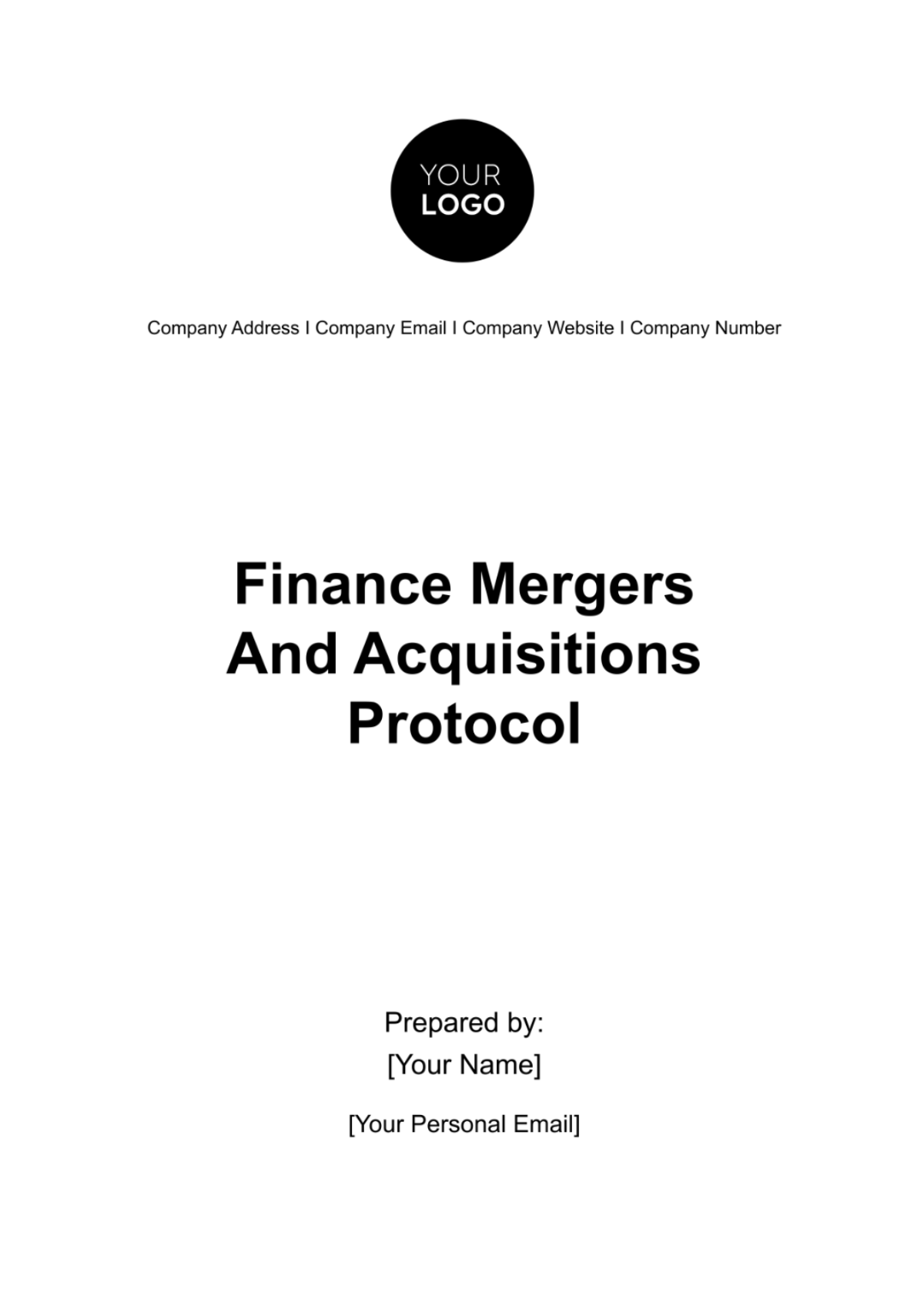Free Finance Mergers & Acquisitions Protocol
Explore the Finance Mergers & Acquisitions Protocol Template at Template.net, a vital resource for finance experts. Fully editable and customizable in our AI Editor tool, this template offers a structured approach to standardize M&A procedures. It ensures consistency and accuracy in your financial transactions. Adapt it to fit your requirements, making it an indispensable asset in your financial toolkit.
